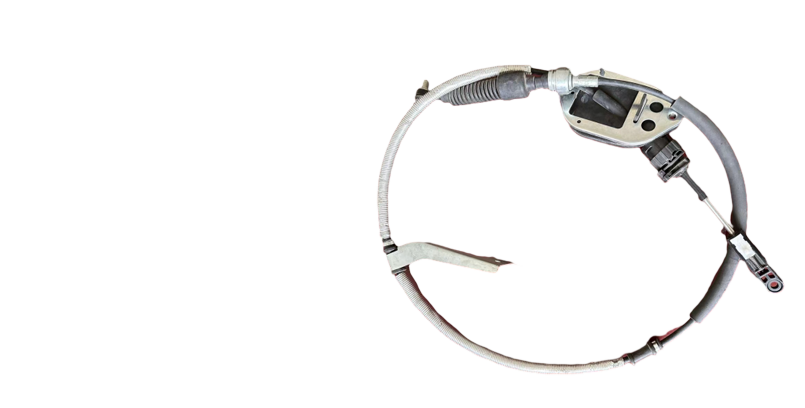Adjusting the Hand Brake Cable for Optimal Performance and Safety
Understanding the Hand Brake Cable Adjuster Importance and Functionality
The hand brake, also known as the emergency brake or parking brake, is a crucial safety feature in vehicles. It ensures that a car remains stationary when parked, even on inclines. One key component of the hand brake system is the hand brake cable adjuster. In this article, we will explore the significance, functionality, and maintenance of the hand brake cable adjuster.
What is a Hand Brake Cable Adjuster?
The hand brake cable adjuster is a mechanism that allows for the tension of the hand brake cable to be adjusted. The hand brake system typically consists of a lever, cables, and calipers or drums that apply braking force to the rear wheels of a vehicle. Over time, as the cables stretch and wear, their effectiveness can diminish. The adjuster plays a vital role in maintaining the correct tension in the cable, ensuring the hand brake operates optimally.
Importance of the Hand Brake Cable Adjuster
The proper functioning of the hand brake is essential for vehicle safety. A loose or worn cable can result in the hand brake being less effective, which could pose a danger, especially on inclined surfaces. The adjuster helps keep the cable taut, ensuring that the brake engages fully when the lever is pulled. Furthermore, a well-adjusted hand brake cable can extend the lifespan of the hand brake components by preventing unnecessary strain and wear.
Functionality of the Hand Brake Cable Adjuster
The hand brake cable adjuster typically works in one of two ways it can be a manual or an automatic adjuster. A manual adjuster involves a threaded mechanism that allows the driver or mechanic to turn a bolt to increase or decrease cable tension. This can be checked regularly as part of a vehicle maintenance routine and can easily be adjusted if the brake feels too loose or engages too late.
On the other hand, an automatic adjuster self-regulates tension within certain parameters. It adapts to the wear and stretch of the cable over time, making automatic adjustments to keep the hand brake functioning correctly without the need for constant manual intervention. Both systems are designed to ensure reliable performance, but the choice between them can depend on vehicle design and owner preference.
hand brake cable adjuster

Maintenance and Inspection
Regular maintenance of the hand brake system, including the cable adjuster, is essential for optimal performance. Here are some tips for ensuring your hand brake operates smoothly
1. Routine Checks Periodically inspect the hand brake and its components, including the cable and adjuster, for any signs of wear, corrosion, or damage.
2. Adjusting Tension If you find that the hand brake lever travels too far before the brake engages, it may be time to adjust the tension. Refer to the vehicle’s service manual for specific instructions on how to correctly adjust the hand brake cable.
3. Lubrication Keeping the cable lubricated can also enhance its lifespan and performance. Use a suitable lubricant to keep the cable moving freely within its sheath.
4. Professional Inspection If you are not comfortable performing adjustments yourself, it’s best to have a professional mechanic inspect and service the hand brake system.
Conclusion
The hand brake cable adjuster plays a critical role in ensuring vehicle safety and performance. By keeping the hand brake cable properly adjusted, drivers can ensure that their parking brake functions effectively, preventing potential accidents and enhancing vehicle reliability. Regular maintenance and timely adjustments will contribute to a safer driving experience, making it a small yet significant aspect of overall vehicle care. Remember, a properly functioning hand brake is not just about convenience; it's an essential safety feature that demands attention.
-
Upgrade Your Vehicle with High-Quality Handbrake CablesNewsNov.01,2024
-
Optimize Your Bike's Performance with Quality CablesNewsNov.01,2024
-
Enhance Your Vehicle's Performance with Quality Clutch ComponentsNewsNov.01,2024
-
Elevate Your Vehicle's Performance with Quality Throttle CablesNewsNov.01,2024
-
Elevate Your Vehicle's Performance with Quality CablesNewsNov.01,2024
-
Affordable Solutions for Your Cable NeedsNewsNov.01,2024
